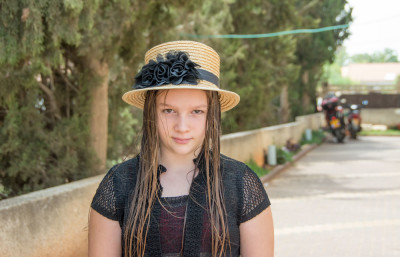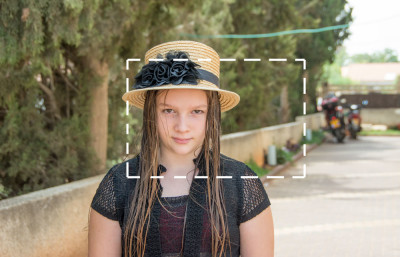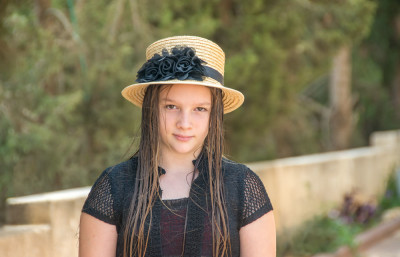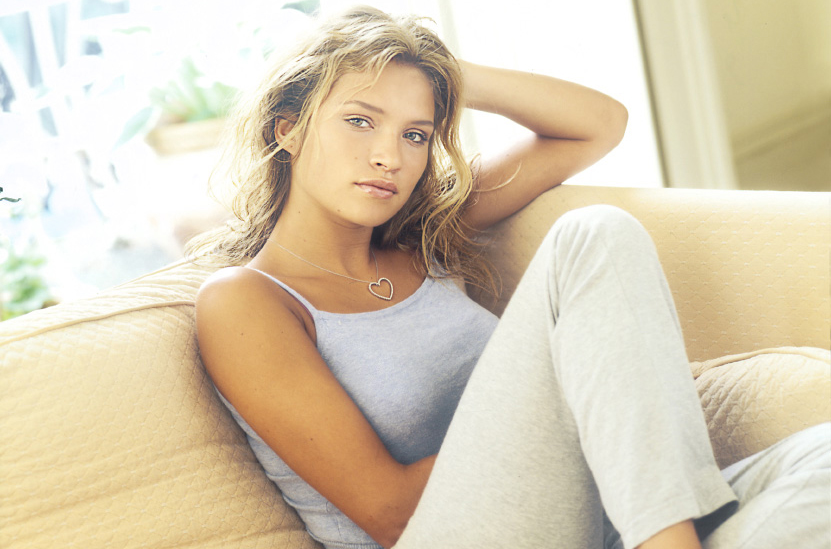Have you ever wondered how to take portraits with artistic out-of-focus backgrounds?
Professional photographers use expensive cameras and lenses to easily create blurred backgrounds: If you are an enthusiast with a less expensive dSLR (with a half frame sensor) and an average quality long zoom lens, you can still take professional-looking portraits with blurred backgrounds.
You will need to know the Zoom-the-Background trick. Here’s how it works…
Zooming the Background

Here’s a casual portrait taken from about 1 meter away using the wider end of a long zoom lens.

This is the same shot, but I’ve marked an area of the background in white …

I moved backwards to about 4 meters from the subject, then zoomed in to reframe, and took this shot.
The marked area now fills the frame, so it appears to be “stretched” and more out of focus than before. The background begins to have that artistic, out-of-focus look beloved by professionals.
You’ll find it works best if you are a few meters away from the subject, and if the background is a few meters behind the subject.
Aperture Priority
Background blur is greatly affected by the lens aperture: Larger apertures, such as F2.8, F5.6, etc, give more blur than smaller apertures, such as F11, 16, etc.
The easiest way to control the Aperture is to set your camera to Aperture Priority mode: Simply turn the dial on the top of the camera to the “A” or “Av” position. You will then be able to select larger apertures by turning a thumb-wheel or dial.
At four meters I chose the largest aperture available, f5.6, on an 18-200 zoom lens.
Tidying up the background
This technique is also useful to tidy up messy backgrounds …

The motorbike and overhead cable distract from the shot …

Zooming the background has cleaned up the picture and also makes the subject stand out more from the background – a nice artistic effect.
Taking control
Taking control of the background is one of the most basic steps to Good Photography. The example above deals with creating a simple, neutral, clean background.
Taking control of the lighting is also very important. As this was a sunny day I simply positioned the subject in the shade which gave an even, flattering illumination.
Practicing simple techniques like these will help you to feel more in control of your camera and more confident about your photography.
